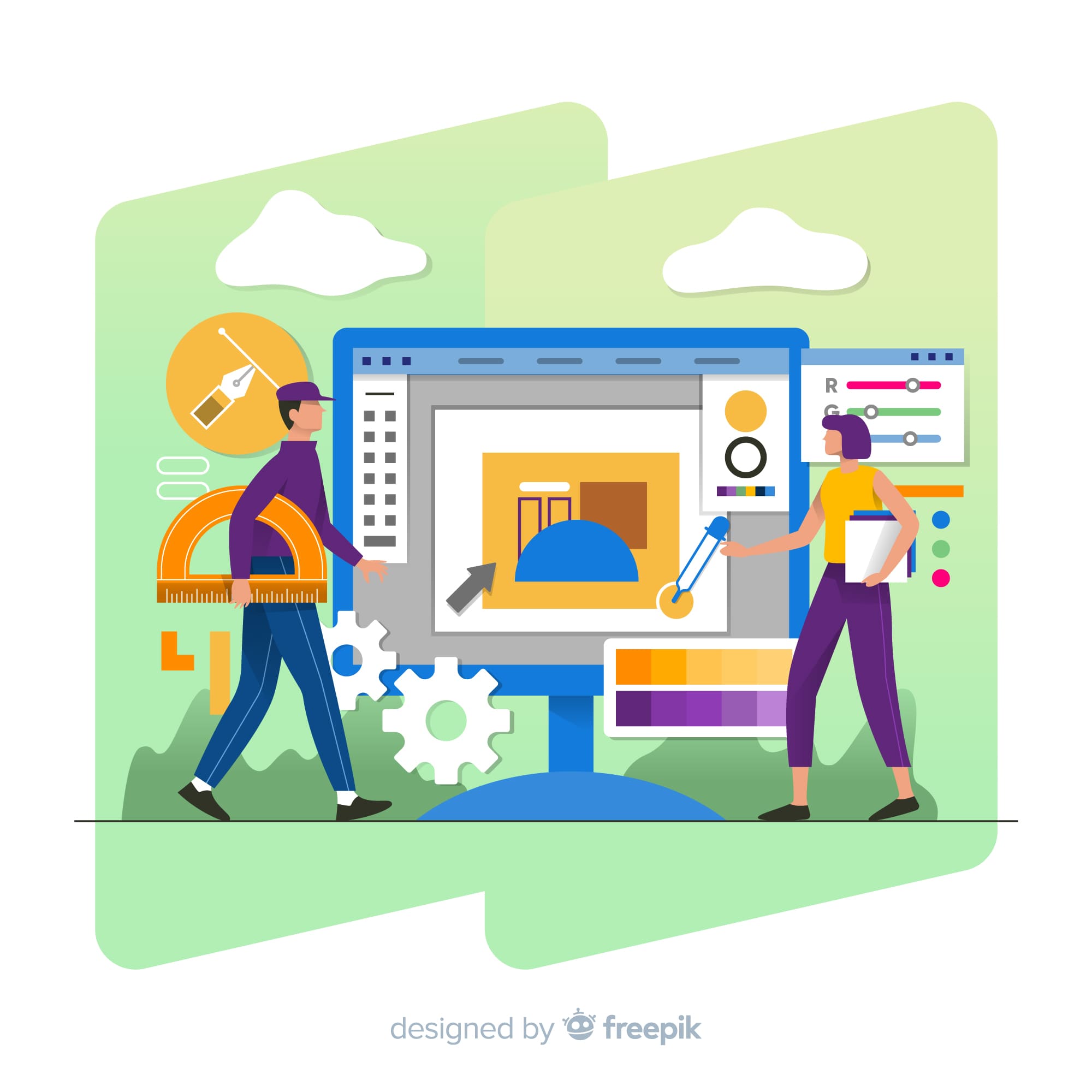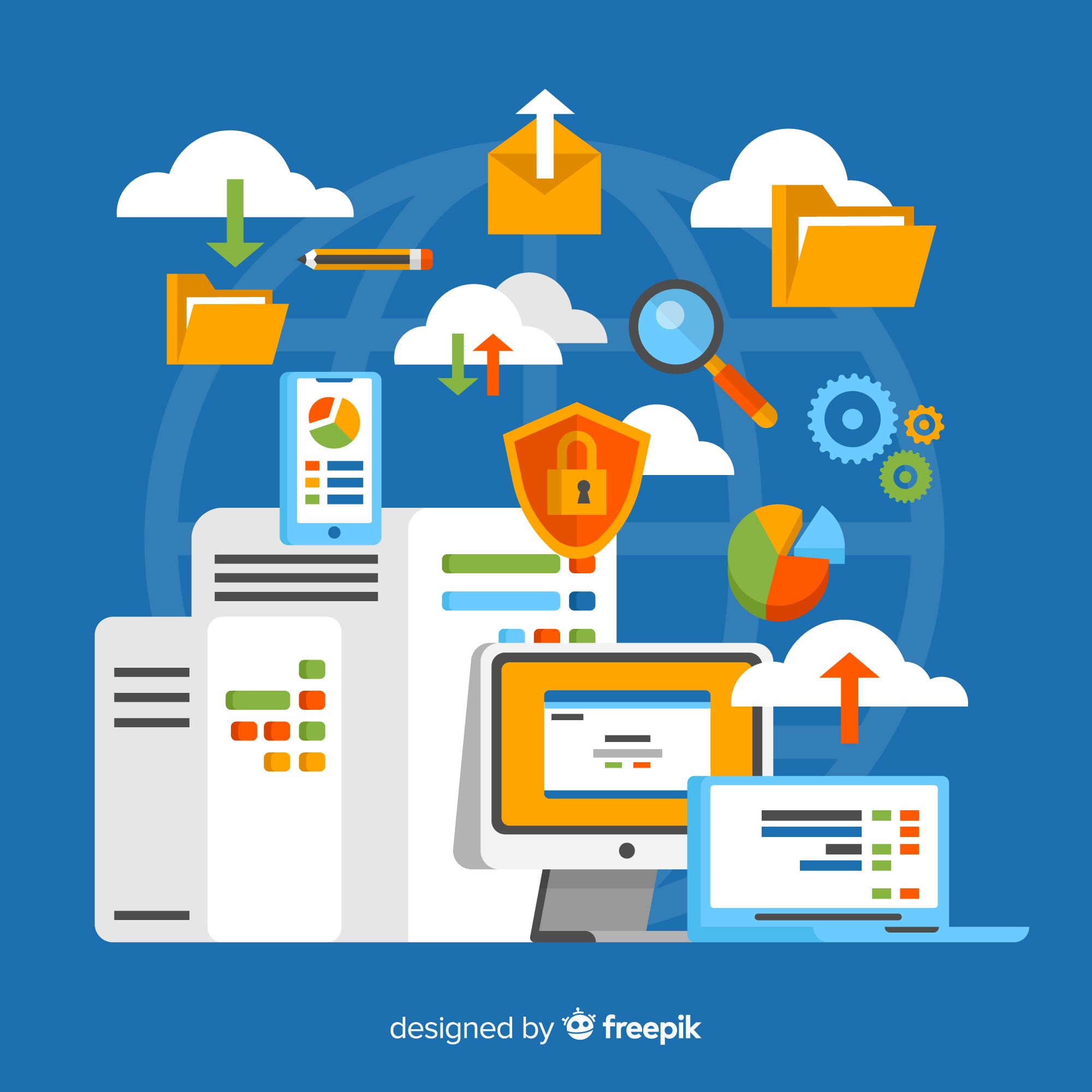Product testing is the execution of tests to evaluate a product’s performance or attributes. For example, it may guarantee that a product works correctly and is safe for people. Depending on the circumstances, manufacturers may have their goods tested by an outside laboratory or an organization Team. There is frequently a formal standard for carrying out a particular test. Engineers may create procedures to meet the testing criteria if this is impossible.
Product testing may be performed by a firm at any stage of product development, including the idea, development, and production phases. The company should do at least one cycle of testing, if not more, before releasing a new product to the market. Another product testing method is to have people try a product and provide comments. However, this article will focus on the first type of product testing, which evaluates a product’s performance or characteristics.
Unit tests in Product Development
Developers frequently do “unit tests” before the official testing step, which includes them in the first testing phase. The developer executes the new requirement during unit testing, which is anticipated to fulfill its distinct task.
Unit testing an address import system, for example, is pushing the import button and putting the addresses into the system. This strategy does not consider the influence on other features; instead, it confirms that the specific function works as intended.
What are the types of Product Testing?
Environment Testing in Product Development:
After your development team has generated the test cases, run them in the most typical configuration to see if any issues arise. To finish testing, test in every environment where your product will be used. It is vital to remember that “environments” comprise any feature that may impact the efficacy of your product and that the definition will change depending on the type of product you are developing.
Different types of browsers or operating systems may be present in software environments. Various combinations of hardware may exist in a given environment.
The Life-science settings may include the location or chronicity of patient symptoms. Cleantech environments might contain any of those mentioned above, depending on the product.
Regression Testing in Product Development:
It is critical to test old features before introducing new ones. Although current features have not been overtly modified, new features may unintentionally influence previous characteristics. Testers may confirm that the complete product works as planned by leveraging test cases of earlier releases.
Automated testing in Product Development:
Automated testing is required in the next stage as your product evolves and grows. This testing can aid in executing regression tests each time a developer produces new functionality to guarantee that previous functionality is not broken. While automated testing saves time, it demands attention to keep it up to date with each new test case.
Why is Product Testing necessary?
Reduced Product Development Time by discovering defects early in the development cycle, testing a product throughout its development cycle helps save time to market, preventing the company from returning to an earlier step to correct a design or manufacturing process error. The results of product tests can also guide work on the product in later stages of development.
Product testing may help companies improve the quality and reliability of their goods. Testing several concepts and designs allows a company to choose the best-performing one. Other types of testing help find and address faults to improve dependability, leading to a preferable product and happier customers.
Product testing is advantageous to organizations in a variety of sectors. It may aid you in achieving various objectives, such as product refinement, finding and correcting design defects in new items, and assuring compliance. Companies can test goods top-down, starting with the overall product or system, or bottom-up, creating with individual components. Individual component testing is redundant if the final result operates well. Hence a top-down approach may be desirable. A bottom-up approach may reveal the root cause of failures or performance issues.
Resource:
https://www.mbaknol.com/marketing-management/different-types-of-product-testing/
https://learn.marsdd.com/article/product-testing-methods/
https://www.hotjar.com/product-forge/product-testing-types/
https://www.xenonstack.com/insights/product-testing-process
Disclaimer:
Wherever any material is quoted as sourced from the published text with publishing rights vested in an individual, it is stated that it is a pure quotation and has no intention to claim it as our own.
Image Source: www.freepik.com





